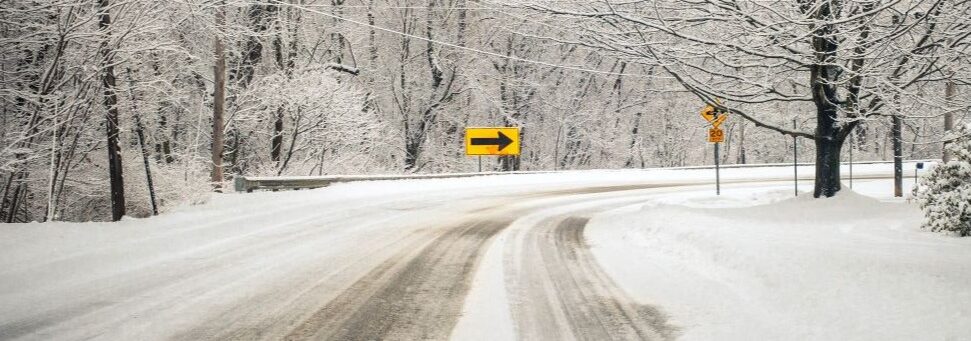
Driving After the Snow
Driving during winter weather can be challenging, especially for us Texans not used to these events. Snow, ice and freezing temperatures create dangerous road conditions that require extra caution and preparation. When driving after the snow, following these tips can help ensure you stay safe on the road.
1. Prepare Your Vehicle
Before you even hit the road, make sure your car is winter-ready:
- Check your tires: Ensure your tires have adequate tread depth and are properly inflated. Consider switching to winter tires for better traction.
- Top off fluids: Keep your windshield washer fluid full and use a winter-specific formula to prevent freezing.
- Inspect your battery: Cold weather can drain your battery faster, so make sure it’s fully charged and in good condition.
- Clear your vehicle: Remove all snow and ice from your windows, mirrors, lights and roof to maximize visibility and prevent debris from flying off while driving.
2. Adjust Your Driving Behavior
Driving in snowy or icy conditions requires a different approach than driving on dry roads.
- Slow down: Speeding is one of the leading causes of accidents in winter weather. Drive at a slower, more controlled pace.
- Increase following distance: Leave at least 6-8 seconds of space between your car and the vehicle ahead to allow for longer stopping distances.
- Avoid sudden movements: Accelerate, brake and steer smoothly to prevent skidding or losing control.
- Use low gears: In slippery conditions, driving in a lower gear can improve traction, especially on hills.
3. Know How to Handle Skids
If your car starts to skid, stay calm and follow these steps:
- For front-wheel skids: Ease off the accelerator and steer gently in the direction you want to go.
- For rear-wheel skids: Steer into the skid (turn the wheel in the same direction as the rear of your car is sliding) and avoid overcorrecting.
- Avoid slamming the brakes: Use steady pressure if you have anti-lock brakes (ABS) or pump the brakes gently if you don’t.
4. Be Aware of Black Ice
Black ice is a thin, transparent layer of ice that’s difficult to see and often forms on bridges, overpasses and shaded areas. Drive cautiously and avoid sudden maneuvers when temperatures are near or below freezing.
5. Use Your Lights and Signals
Poor visibility is common during snowstorms or heavy snowfall. Keep your headlights on (low beams) and use your turn signals well in advance to communicate your intentions to other drivers.
6. Keep an Emergency Kit in Your Car
Being prepared for emergencies is crucial in winter driving conditions. Your kit should include:
- A snow shovel and ice scraper
- Warm blankets and extra clothing
- Non-perishable snacks and bottled water
- A flashlight with extra batteries
- Jumper cables and a portable phone charger
- Traction aids, such as sand or cat litter
- A first-aid kit
7. Plan Your Route
Before heading out, check the weather forecast and road conditions. Stick to main roads that are more likely to be plowed and treated. If conditions are severe, consider delaying your trip or finding an alternative means of transportation.
8. Know When to Stay Home
Sometimes the safest option is to avoid driving altogether. If authorities issue severe weather warnings or if you feel uncomfortable driving in the conditions, don’t take unnecessary risks. Staying off the road can protect both you and others.
Driving after the snow requires extra care, preparation and patience. By following these tips, you can reduce your risk of accidents and arrive safely at your destination. Remember, no trip is worth jeopardizing your safety—always prioritize caution over convenience.
281-506-8466
Image by wirestock on freepik.com

